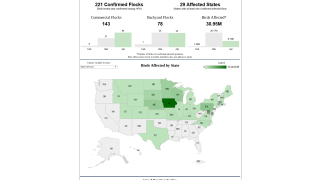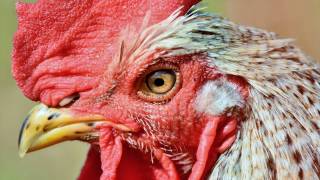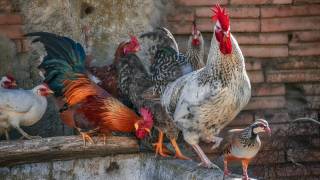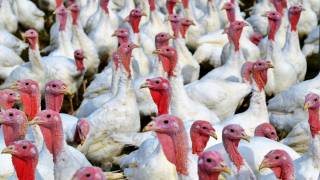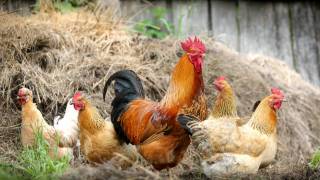Bald Eagles Die from Avian Influenza Infection

The Avian Director at the Alaska Raptor Center in Sitka recently reported a third eagle was exhibiting symptoms of the highly pathogenic H5N1 avian influenza virus (HAPI).
Jennifer Cedarleaf informed local media on May 17, 2022, that an eagle that died in the Sitka National Historical Park this month tested positive for HAPI. And a second dead eagle was also tested for the virus, and results are pending.
Cedarleaf commented other bald eagles have also tested positive for HAPI in Dutch Harbor, two in Anchorage, and one in the Mat-Su Valley.
In response to these cases, the Alaska Raptor Center suspended bird rescue and onsite rehabilitation services as of May 10, 2022.
In addition to bald eagles, the ongoing HAPI outbreak in North America has infected red foxes.
On May 12, 2022, both Michigan and Minnesota confirmed HPAI in wild fox kits.
Previously, Canada confirmed two wild fox kits in Ontario tested positive for the virus on May 2, 2022.
The Eurasian H5N1 strain first appeared in North American wild birds in January 2022.
Since then, the U.S. CDC's data indicates that 38 states have reported HAPI cases in various birds. These are the first detections of HPAI A(H5) viruses in the U.S. since 2016.
In addition to North America, HAPI infections have recently been confirmed in China and the United Kingdom.
As of early May 2022, the U.S. CDC believes that the general public's health risk from HPAI A(H5N1) virus in the U.S. is low.
The spread of bird flu viruses from one infected person to a close contact is infrequent, and when it has happened, it has only spread to a few people, says the CDC.
However, as of April 23, 2022, over 2,500 people had been monitored for symptoms following exposure to HAPI-infected birds.
HAPI subtypes have been virologically confirmed to have infected people including A(H5) and A(H7) viruses.
The best way to prevent avian influenza (bird flu) is to avoid sources of exposure whenever possible. According to the CDC, infected birds shed bird flu virus in their saliva, mucous, and feces.
Furthermore, people should handle raw poultry hygienically and cook all poultry and poultry products before eating.
Cooking poultry and eggs to an internal temperature of 165˚F kills bacteria and viruses, including bird flu viruses.
Available data on bird flu viruses spreading worldwide suggest that most bird flu virus infections would respond to treatment with flu antiviral medications if treatment is started early after symptoms begin.
From an influenza pandemic preventive vaccine perspective, the U.S. FDA approved Audenz in 2020.
Additional avian influenza (bird flu) news is posted at PrecisionVaccinations.com/Avian.
Note: This information was manually curated for mobile readership.
Update on May 18, 2022 - Cedarleaf said a fourth sick eagle was picked up at the Historical Park and euthanized. And she suspects that the eagles caught the virus from gulls.
Our Trust Standards: Medical Advisory Committee


